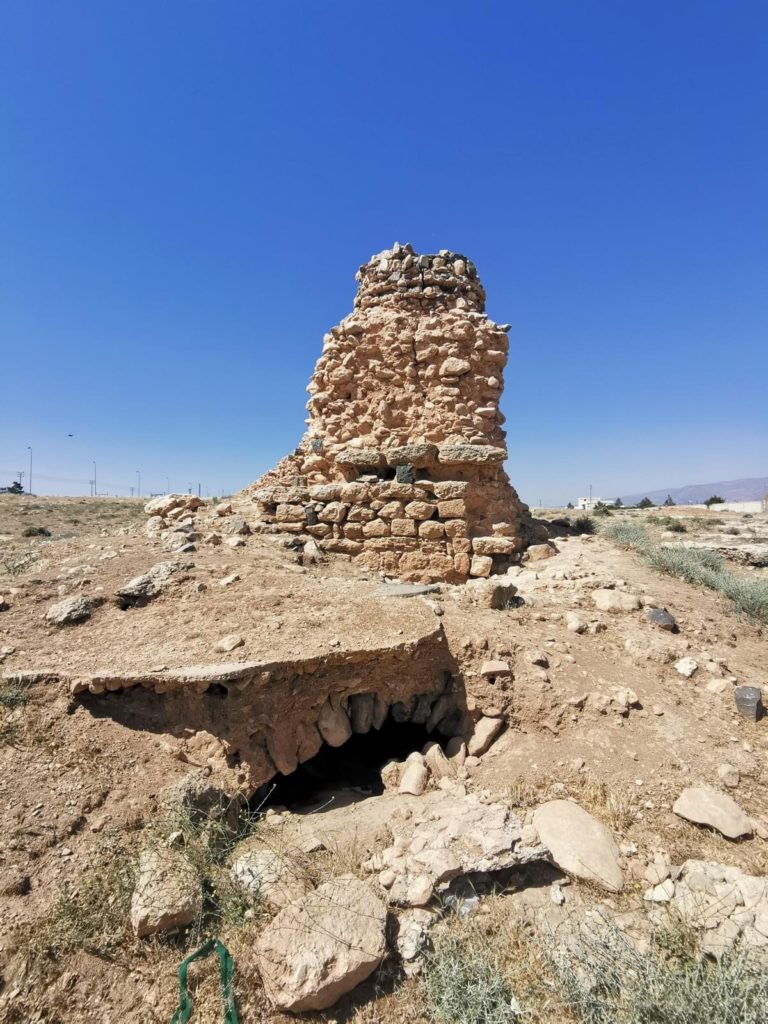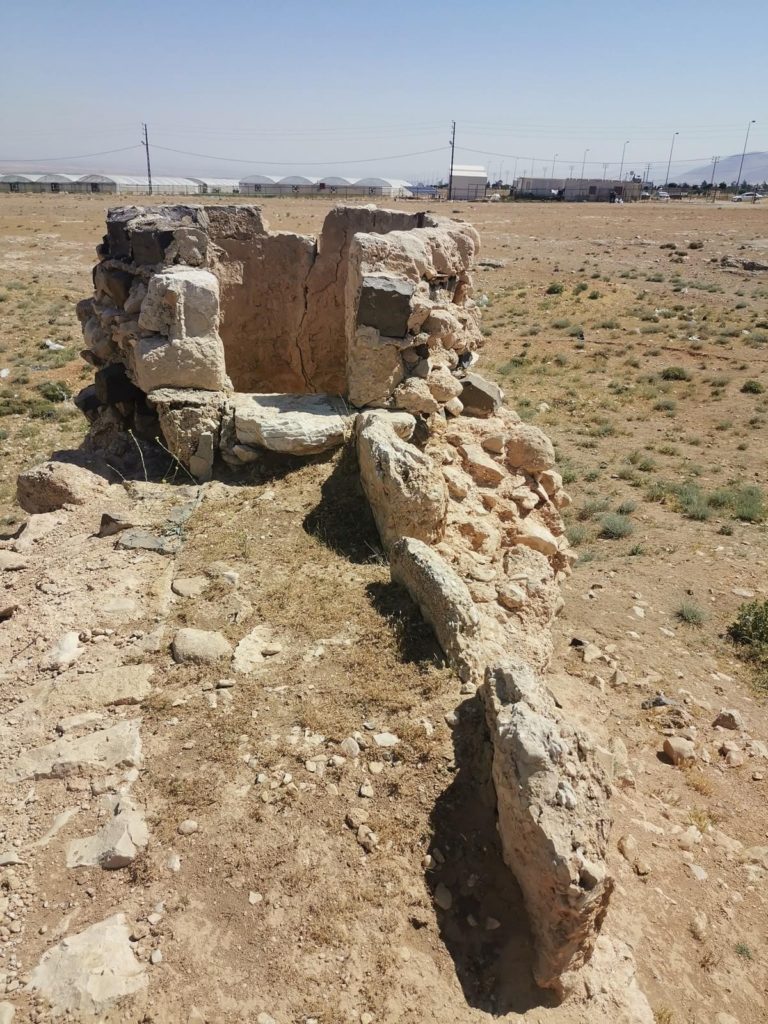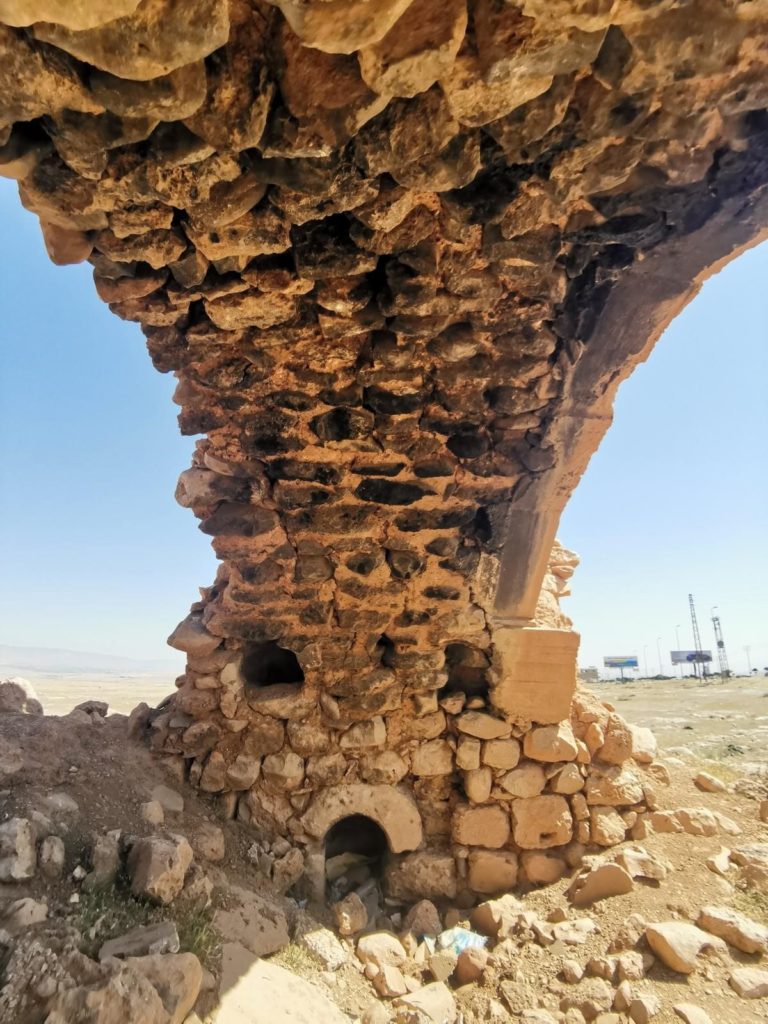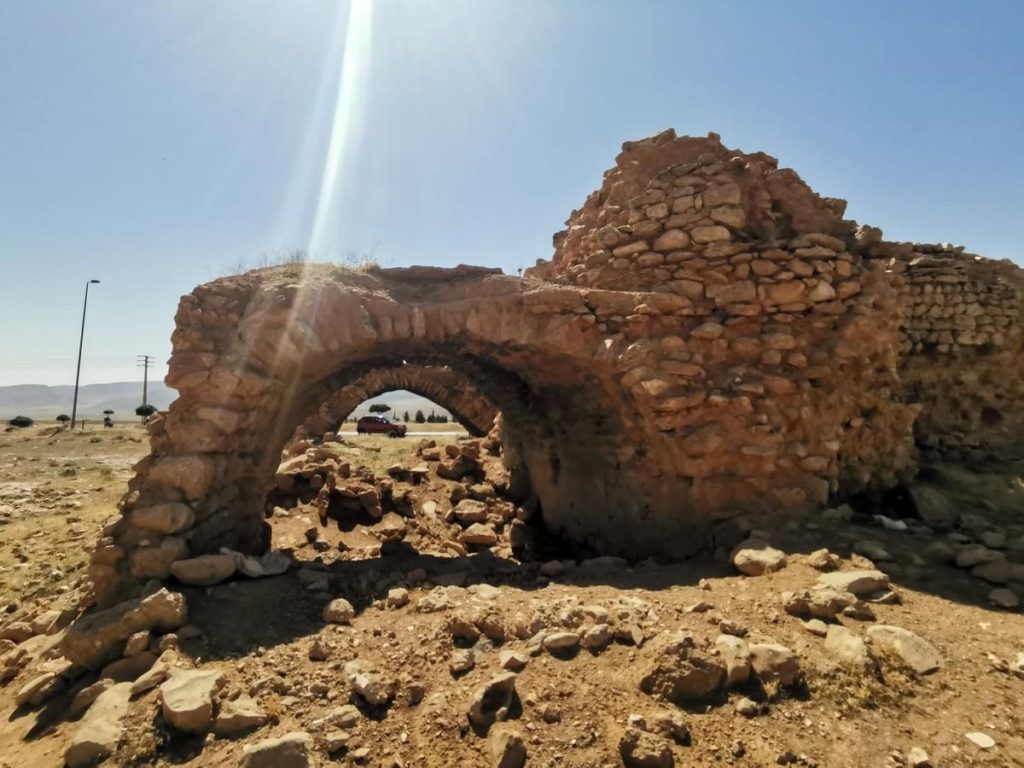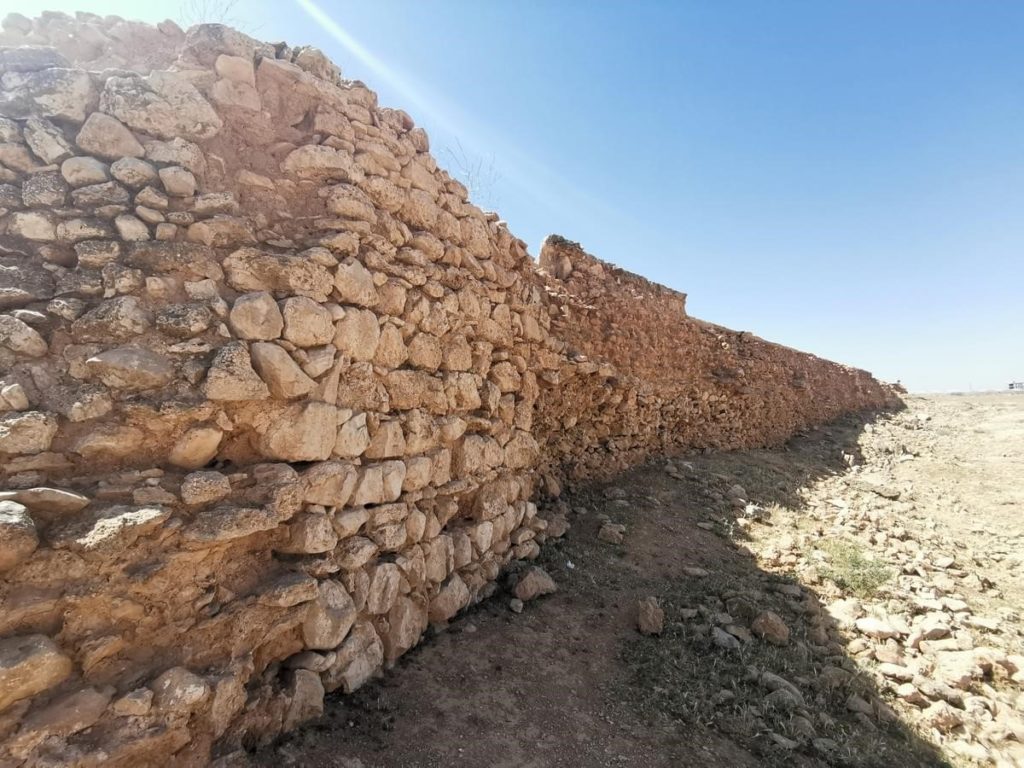The road of Ras Baalbek-Hermel features the remnants of a unique ancient irrigation system.
Qanat
Locally known as “qanats”, it refers to a series of underground galleries connected to the surface through a string of wells, making it possible to exploit water from springs, shallow groundwater and the rivers, to supply cities with water for drinking and irrigation. It functions by collecting subsurface groundwater and convey it by gravity to the outlet.
Timeline
The qanats were built for the most part during the Roman period, although water projects in the area date back to the 1st millennium BC. The qanats were remodeled several times and were lastly used during the Ottoman era.
Source
The main source that fed the qanats of northern Bekaa is the famous Orontes river (Assi river) that rises from the springs near Labweh village and run through natural underground galleries and man-made rock-cut canals. The qanats used to stretch and channel the waters of the Orontes from northern Bekaa all the way up to northern Syria and Antakya through specifc connected watercourses.
Famous and sacred since antiquity, Orontes, named by the Greeks, was called Arantu by the Assyrians, and Araunti by the Egyptians. In contrast, Macedonian settlers in Apamea named it the Axius, after a Macedonian river god.
The Arabic name El Assi is probably derived from the ancient Axius.
Structures
Three qanats can be found along the road of Ras Baalbek-Hermel, with a distance of approx 500 meters between each one. Built with a mix of local yellow and black colored stones, the qanats exit from land openings and slowly rise above ground up to a height of 4 meters where the water is collected into a basin and diverted back in the underground canals.
One qanat has its basin preserved, while another one has preserved an arched-like structure with ground carved canals of what appears to be a water collection spot or an old platform of a watermill.
Legend
According to a local legend, the qanats were built by Queen Zenobia (267-272 AD) to carry freshwater from Labweh to Palmyra in central Syria, the capital of her kingdom. However, there is no evidence supporting this narrative.
Accesibility
To access and discover the qanats, you can find small gravel exists from the main road. For your safety, DO NOT park on the side of the main road.
The location posted on the below map refers to the channel with the basin. The remaining ones are further north towards Heremel and can be easily spotted.
Karim Sokhn
Tour Operator & Tour Guide
References:
https://www.livius.org/articles/place/orontes/
https://www.water-security.org/article/ancient-water-infrastructure
A review of Ancient Roman water supply exploring techniques of pressure reduction, Maria Monteleone
